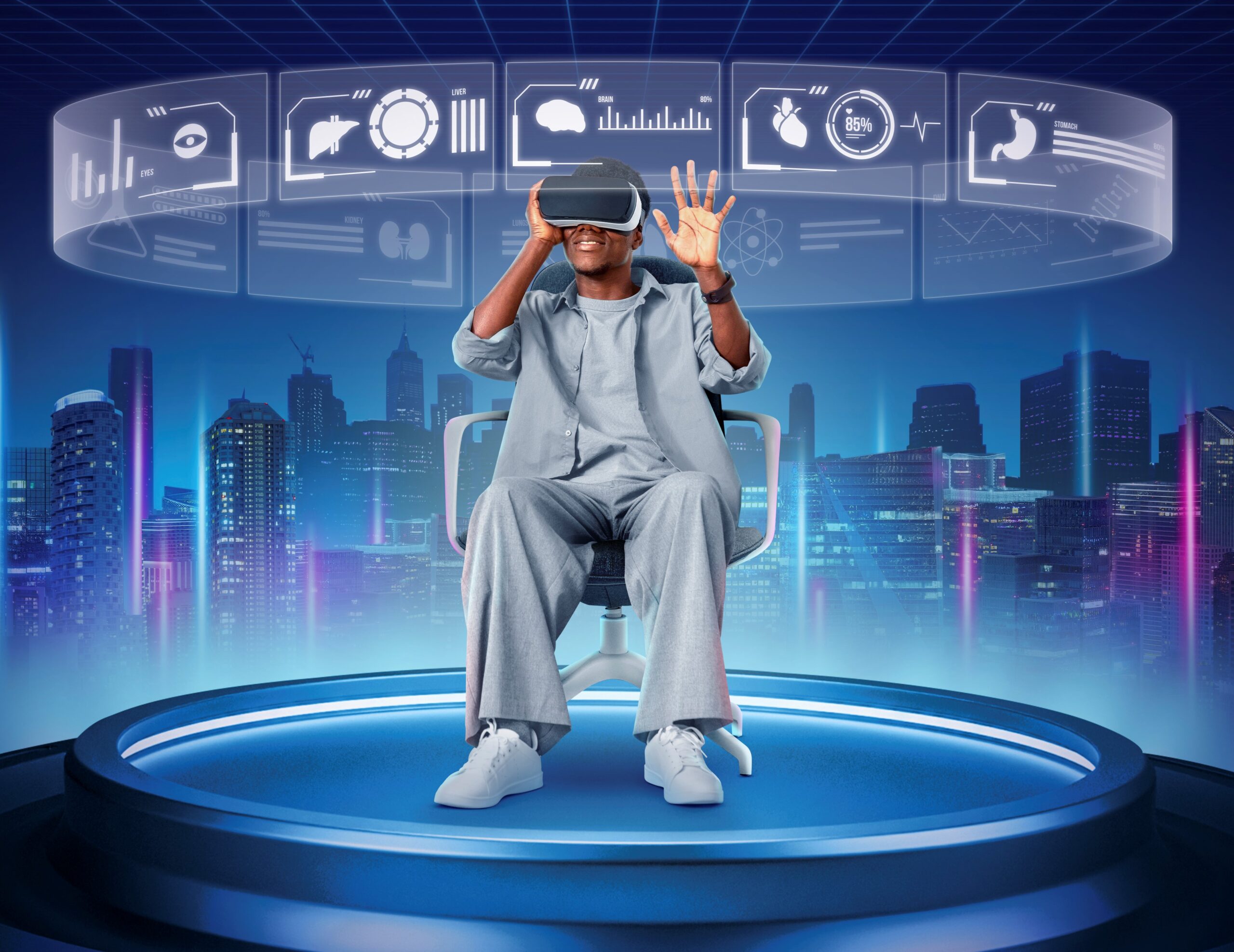Metaverse makes marketing simple.
Across industries, a particular sense of excitement is powering ecosystems. We are all moving in the same sea of attractive prospects as stakeholders with varied capacities in the global economy. For example, the widespread use of virtual interactions in business communication has swept away many corporate etiquette traditions. Isn’t it amazing how quickly and dramatically we are entering new regions of possibilities and opportunities?
The Metaverse is a prime example of something that cannot be alienated in such a setting. Machines played a vital part in the industrial revolution, and the internet played a pivotal role in the technological revolution. Marketers must now discover solutions to the following questions when firms begin to deliberate and enter into the worlds of Metaverse and Web 3.0:
Every revolutionary phase in the economy has overcome obstacles such as initial market scepticism and procedural ambiguity – and Metaverse will do the same. How will marketing evolve in the Metaverse age when the time comes?
Immersion states are developing.
If statistics were to tell the story, the Metaverse market was estimated to be worth $100.27 billion1 in 2022. It is predicted to increase at a CAGR of 47.5% between now and 2029. Another study predicts that by 2026, a fifth of the world will spend at least an hour every day2 in the Metaverse. These data shed light on the spread of Metaverse entities across industries.
Every revolutionary phase in the economy has overcome obstacles such as initial market scepticism and procedural ambiguity – and Metaverse will do the same. How will marketing evolve in the Metaverse age when the time comes?
With so many opportunities to capitalise on, it is only natural for marketers across industries to tap into the omnipresent potential of Metaverse. You’d have to expect some difficulties along the way. To develop a sound Metaverse marketing plan, consider the following questions:
What’s the point of Metaverse? Are my demographics prepared for these tumultuous times?
When? Is now the best time to pivot and revamp my marketing strategies?
How? Is it possible to rationalise and grow talent capital across marketing functions? Should I collaborate with a solution supplier to justify investments?
Where do I begin? In many nations, NFTs and cryptocurrency transactions have now become widespread and legal tender. Would that be a viable pilot?
Is there anyone else? Are my competitors already using disruptive tactics? If that’s the case, how do I get ahead of them?
Obtaining stakeholder agreement on the aforementioned concerns is an excellent place to start. Assess the impact, identify possibilities, and execute user persona mapping while aligning with measurable business results. To that end, consider the following typical client journey from a marketer’s perspective:
Increasing awareness
Immersive means of storytelling in the Metaverse will be a game changer in order to cut through the competition and stand out. Metaverse billboards, meta malls, and AR/VR kiosks in actual stores can not only raise awareness of a new product line, but the overall experience welcomes word-of-mouth marketing opportunities. When Nike introduced Nikeland, its gaming, avatars, and retail experiences were the talk of the town. While the immersive experience may not necessarily place your goods on the shelf and try to sell it, it does build enough top-of-mind memory. It seems to reason that Nikeland attracted seven million visits in the first two months, and as many as 21 million visitors3 joined the club within ten months.
Not to mention an increase of 34% in direct-to-consumer (D2C) sales4 in December 2022.
Metaverse caters to the personalisation needs of today’s clients in addition to assisting businesses in adopting D2C models. Returning to the Nikeland example, Nike had enabled gamification opportunities for visitors to create goods from the ground up. This demonstrates how successful it is to map out a client journey from its early beginnings on the Metaverse.
promoting thought and action
As prospects travel deeper down the funnel towards product purchase consideration and action, efforts to nurture contemplation and simplify consumer decisions become non-negotiable. Amazon recently debuted the Metaverse’s metaphorical carpets, where visitors can fight for rewards or coupons. If an e-commerce aggregator like Amazon can guarantee conversions, such initiatives can be more profitable for a company with a native line of items.
As an industry first, a Vietnam-based EV firm used NFTs for vehicle reservations. Marketers must take notes and start with the low-hanging fruit – use cases that will not affect your existing operations – and then expand from there.
Taking advantage of customer loyalty and advocacy
Maintaining a flexible and highly agile resource system that is always up to date is critical for customer retention and brand advocacy. What better approach to re-engage and promote loyalty than to create your own virtual, dynamic, and thriving environment that also functions as a mailing list? Your consumers are already there, and you can drive up-selling and cross-selling efforts with the proper engaging and relevant content.
Building on this, you may implement organic and inorganic advocacy programmes in which devoted customers or micro-influencers can serve as real-life testimonials to your value proposition.
For example, while creating virtual events on the Metaverse, you might include proof of attendance procedures (POAP) – an NFT – that encourage guests to share their souvenirs on social media.
Whether to cruise ahead or fly above?
If any analogies from modern corporate history can be drawn, it is evident that we are all on the verge of a watershed moment in social connections. We should also keep in mind that practically every transformative phase in the economy has encountered obstacles such as initial market scepticism and procedural ambiguity.
Organisations could explore a variety of methods to avoid such issues and venture into the world of Metaverse using RoI. While the practicality of developing an in-house Metaverse platform is unknown, marketing teams can increase brand relevance by engaging customers in a variety of live events, experimenting with native advertising in virtual settings, and providing immersive customisation across products.
However, depending on the type of your organisation and the industries it services, partnering with an expert could be a more cost-effective alternative.
Rest assured that, as a collaborative ecosystem, we will reimagine every product and service perceptibly and, as a result, every business. This will naturally result in an immersive connected global society with more daring experiences, followed by concerns about security and adaptability. But, if there was ever a time to start, it is now.


